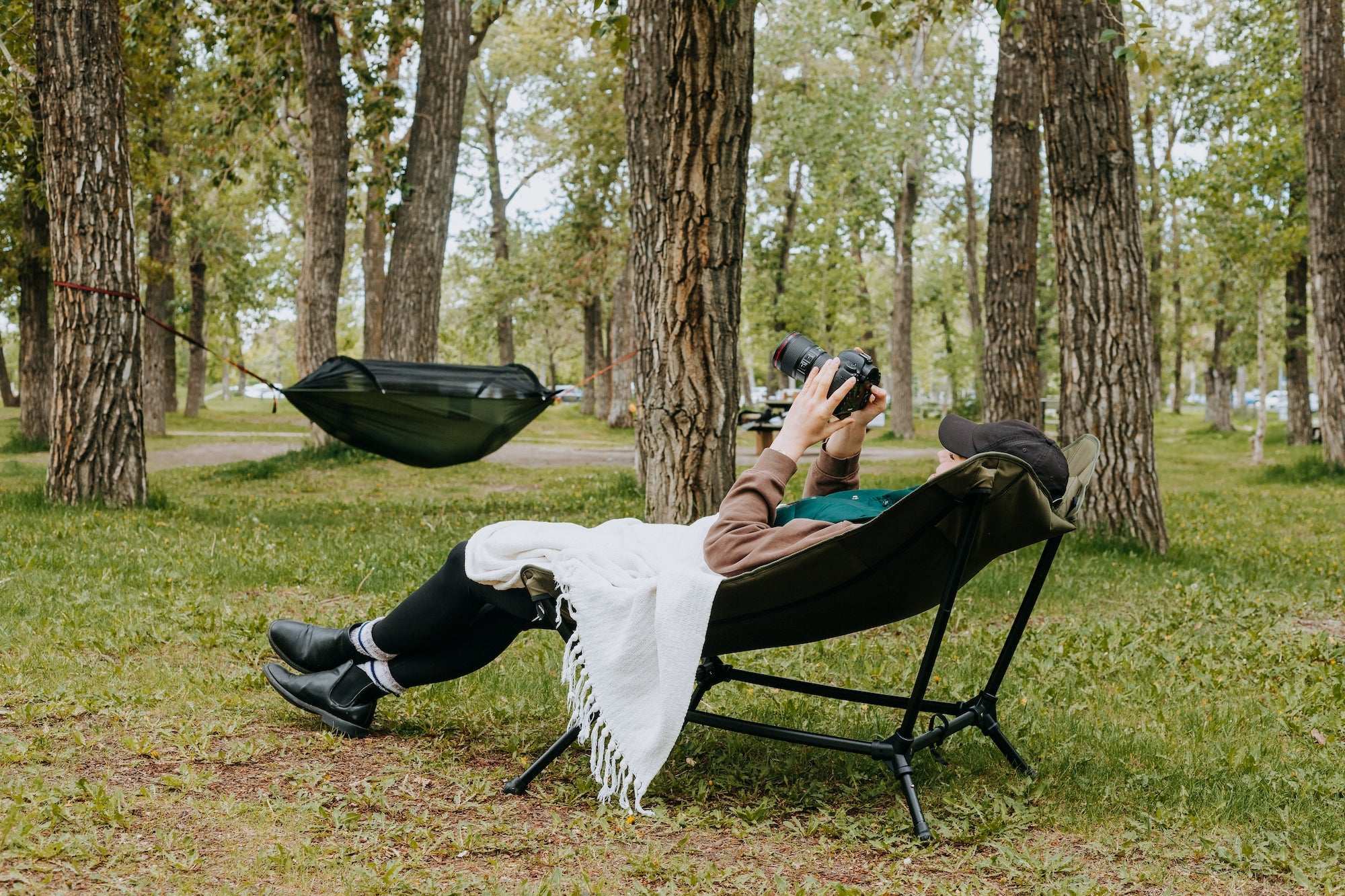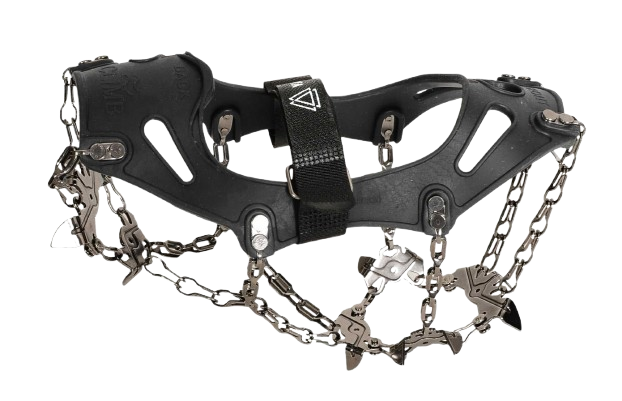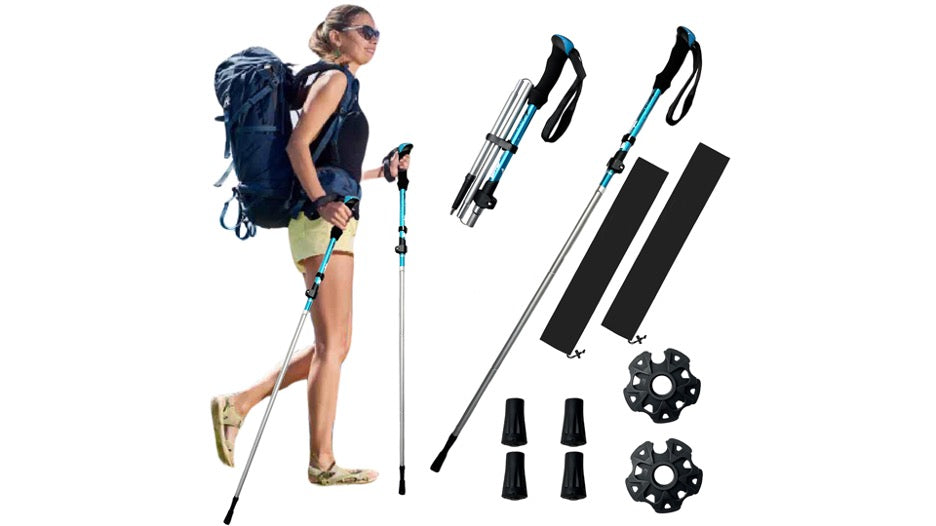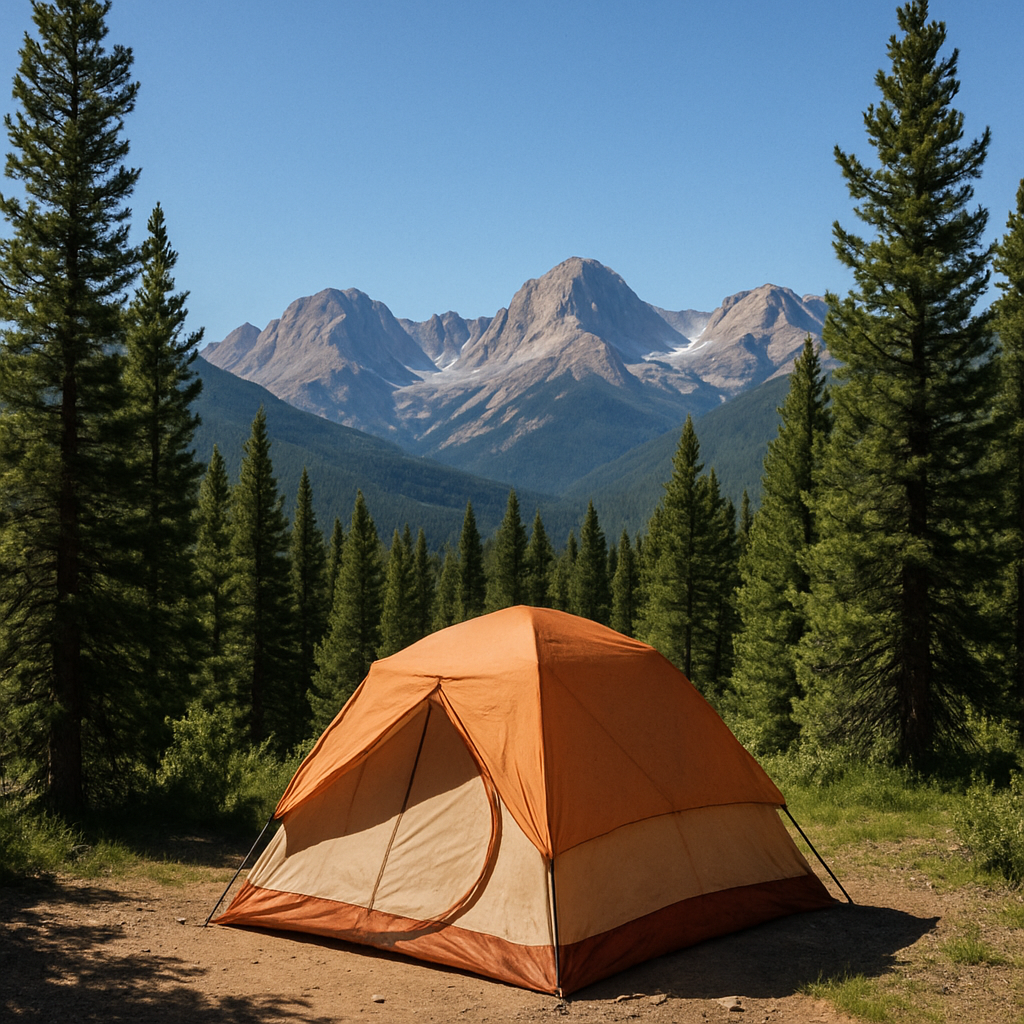Beginner’s Guide to Buying Your First Pair of Running Spikes
If you're transitioning from casual hikes and treks into more performance-focused outdoor activities like trail running, mountain sprints, or high-altitude treks, you’ve likely heard about running spikes. Though originally designed for track and field, modern advancements have made track spikes adaptable for outdoor, rugged terrain as well. They’re lightweight, aggressive, and can drastically improve your traction on steep, technical trails.
At Yatta.ca, we believe in equipping outdoor enthusiasts with the right gear. So, whether you're new to trail running or gearing up for your first adventure race, this guide will walk you through how to pick your first pair of running spikes, adapted for trekking, hiking, and backcountry performance.
Why Running Spikes Matter on the Trail
You might be wondering: aren’t running spikes just for track events? Traditionally, yes—but with increasing overlap between trail running and high-performance hiking, many beginners are now integrating spiked footwear into their gear for several good reasons:
- Superior traction on wet rocks, loose gravel, and muddy slopes
- Lightweight feel ideal for long-distance trail runs and fast-packing
- Improved stride efficiency and uphill performance
- Better grip on technical terrain, helping reduce slips and falls
If you're someone who enjoys pushing your limits outdoors—whether on a steep hike or a mountain sprint—a good pair of spikes can give you the edge you're looking for.
Hiking vs. Trail Running: Where Do Spikes Fit In?
Let’s be clear: track spikes aren’t the same as heavy-duty hiking boots. But when used in the right outdoor context—like short-distance trail races, summit dashes, or alpine running—they offer lightweight speed without sacrificing traction.
Here’s when they make sense:
- You’re running fast-paced, technical trails with steep inclines
- You’re in a trail race where weight matters more than protection
- You want the lightest option for short but aggressive outdoor efforts
They’re not ideal for slow trekking on snow or very rocky surfaces where a stiff-soled hiking boot offers better protection. But for speed, efficiency, and explosive movement in the wild—spikes are unmatched.
Choosing the Right Running Spikes for Outdoor Use
Unlike basic hiking shoes, running spikes come with a specific purpose: speed and traction. Here’s what beginners should look for when buying a pair adapted for trail or mountain use.
1. Spike Plate & Grip Configuration
For trail use, you’ll want removable spike plates that allow customization. Some shoes allow rubber-tipped or trail-specific spikes, which provide a balance between grip and flexibility.
- 6-pin configurations are ideal for trail sprinting
- Look for longer spikes (1/4" or more) if you're dealing with soft ground or muddy conditions
- Avoid super-hard spike plates meant only for synthetic tracks
2. Sole Design
Outdoors, you'll need a grippy outsole even between the spikes. Look for options with aggressive tread patterns, similar to trail running shoes, but lighter in construction. This gives you traction not only from the spikes but also from the outsole when moving on flat or slightly uneven terrain.
3. Upper Material
Outdoor-friendly spikes should offer durable yet breathable mesh uppers. Look for features like:
- Water resistance
- Quick-dry capability
- Reinforced toe caps for rocky trails
4. Fit and Support
Just like in trail shoes, your running spikes should fit snug, but not painfully tight. Since you’ll be dealing with uphill and downhill movements, toe room and heel grip are both important.
Pro Tip: Try them with your actual trail socks, especially if you wear moisture-wicking or padded pairs during hikes.
Are Track Spikes Good for Trail Use?
Not all track spikes are built for outdoor use—but some models are versatile enough. If you're buying spikes primarily for hiking-related speed events or cross-country terrain, avoid ultra-minimalist sprint spikes made solely for 100m–400m events.
Instead, look for:
- Cross-country spikes (used by runners on grass, dirt, and gravel)
- Hybrid trail spikes that blend features of trail runners and spike shoes
When to Use Running Spikes on the Trail
Here are ideal moments to break out your spikes:
- Mountain races and fast uphills
- Mud trails where traction is a challenge
- Snow-packed trails where grip is critical
- Downhill scrambles where quick stopping matters
But don’t wear them:
- On paved roads or concrete—it’ll wear down the spikes fast
- On sharp rocks or boulder fields—it can damage the sole
- For multi-day treks—better to stick with hiking boots
Maintaining Your Outdoor Spikes
To ensure your running spikes last on the trail:
- Clean them after every use, especially if used on muddy or wet terrain
- Remove and dry the spikes to prevent rusting
- Carry extra spike pins and a tool when on longer outings
- Rotate with trail runners to extend their life and reduce wear
Final Thoughts
Buying your first pair of running spikes for outdoor adventures can open up a whole new level of performance. They’re perfect for the hiker who’s becoming a trail runner or the trekker who loves to challenge themselves with speed and elevation.
At Yatta.ca, we help outdoor lovers find gear that keeps up with their ambitions. Whether you're racing to a peak, training for a trail challenge, or just want to explore fast and light, the right spikes can elevate your experience.





Leave a comment
All comments are moderated before being published.
This site is protected by hCaptcha and the hCaptcha Privacy Policy and Terms of Service apply.